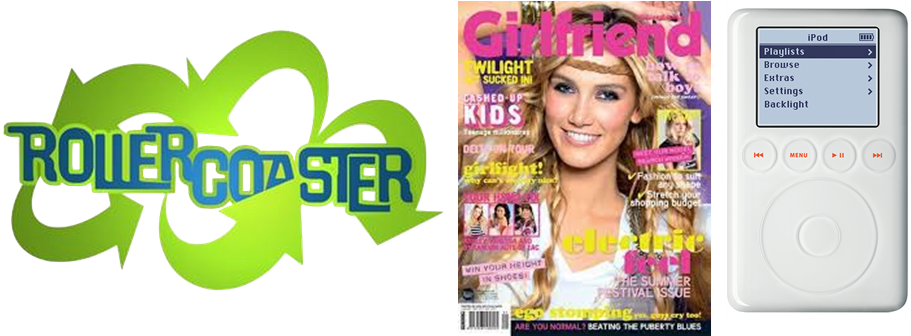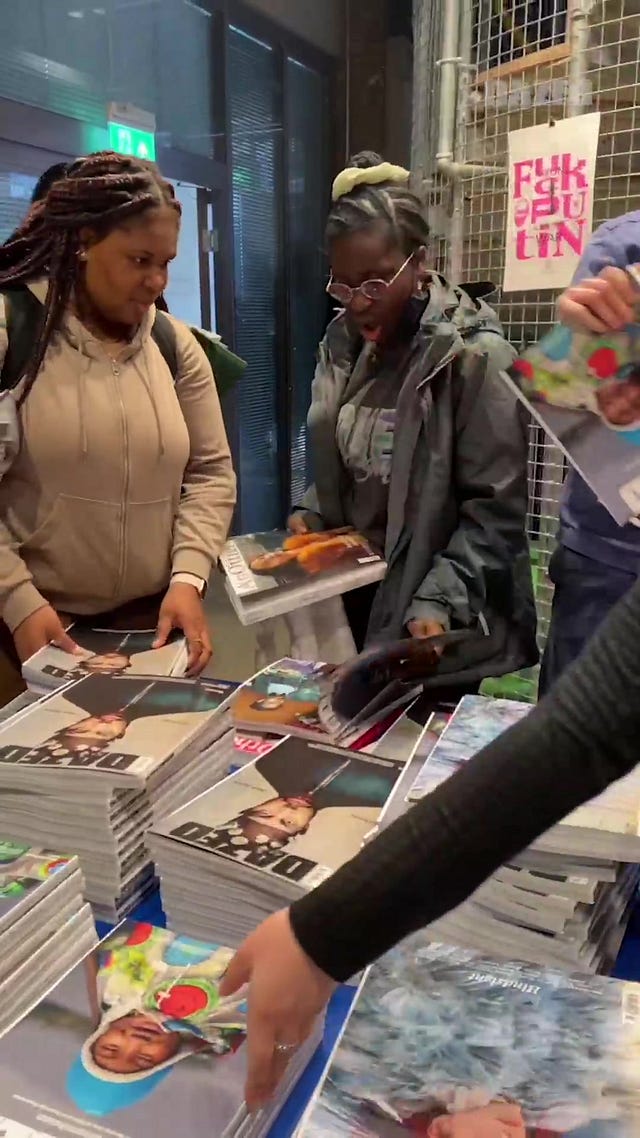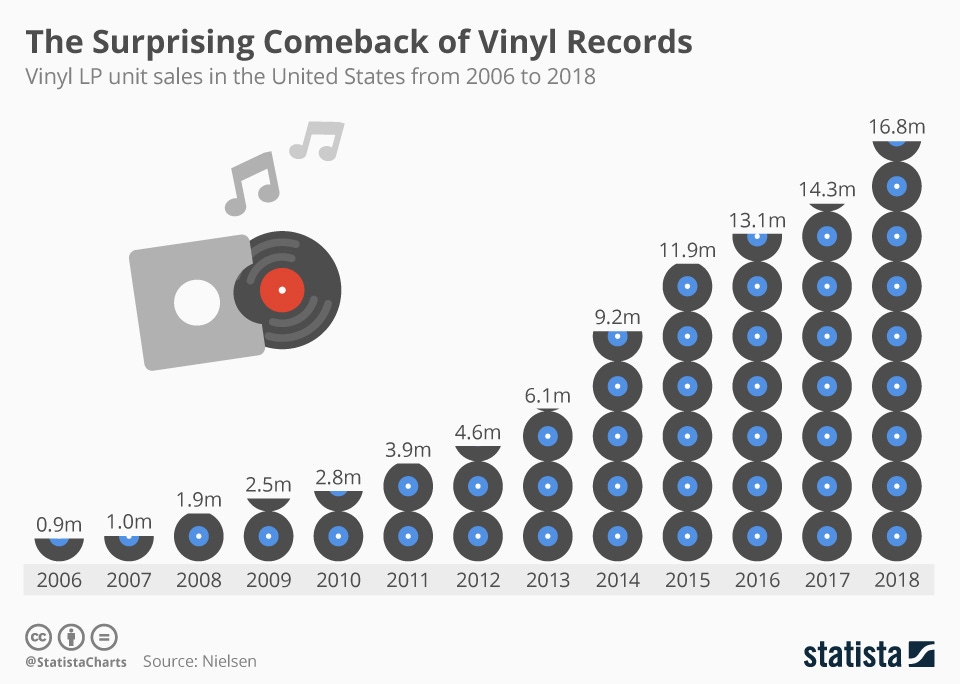The return of slow content
When I was in school my content consumption consisted of 3 things: Girlfriend magazine, an iPod shuffle and ABC’s after-school program Rollercoaster.
Deciding to consume this content was easy. My feed was already decided for me (except in the iPod’s case when I had the occasional pocket money to buy a So Fresh album), there were dedicated time slots to consume it, and I read/watched/listened to it from the beginning to end, every time.
Nowadays I waste over 18 minutes (let’s be honest it’s much longer) deciding what to watch on Netflix, I have 20 open tabs of unread articles on my desktop, and I often find myself pressing next on Spotify’s playlists more than I do actually listening.
Choice is overwhelming. Originally in pursuit of faster more curated content, we are now burnt out and overwhelmed. I’m not alone in finding myself missing the days of limited content options.
With the recent resurgence of early 2000s trends such as Web 1.0 and Y2K fashion (yes I am also terrified of the low rise jean comeback) consumers have also gravitated to slower content and subscription models reminiscent of this decade.
The reason? We tend to recycle trends every 20-30 years and in times of distress we gravitate to simpler, nostalgic times. And what is simpler than sitting down to read, watch or listen to something unattached from a viral social trend or ‘click now’ button? Below I explore some emerging trends in slow content.
Print (yes print) magazines
Print magazines that turned digital are making a comeback in….print! According to Roy Morgan Australians re-discovered their love of magazines with consumption up 2.2% YoY in late 2021.
Dazed is a bi-monthly UK magazine founded in 1991 that has garnered a new generation of Gen Z readers. The magazine has gained immense popularity through TikTok and online. So much so that it compelled 100s of young Brits to line up for a print copy.
American magazine Nylon switched to an all-digital format in 2017 but made a print comeback at Coachella this year. Indie brands are also getting involved in the trend. Par Femme a sexual wellbeing company released its first bi-annual magazine this year.
Slow content feeds
Writing or curating for the web at a slower pace is gaining traction in multiple formats.
The ‘unfiltered’ social app BeReal, which claims to be anti-filter and anti-influencer, is currently charting #1 in Australia for social apps and saw a 315% global increase in downloads. Rather than a feed of endless posts "every day at a different time, everyone captures a photo within 2 minutes" and that's it.
Substack the app you’re reading this on increased readers by 6 million in a matter of months. Rather than multiple articles in one EDM, Substack leans into audiences’ preference for one singular blogging voice in a simple format.
Physical music albums
Listening to Albums from start to finish became viral news after Adele successfully requested Spotify to remove the shuffle button. Adele commented “we don’t create albums with so much care and thought into our track listing for no reason… our art tells a story and our stories should be listened to as we intended.”
Preference for album listening has also seen records and CDs increase in popularity. According to Billboard CD sales increased in 2021 thanks to Adele, Taylor Swift and BTS. In 2020 more than one million vinyl records were sold in Australia and in 2021 Vinyl albums continued their renaissance, with a 32% revenue rise.
Ultimately we know these mediums aren’t expected to outrun our preference for digital or on-demand. But they demonstrate a desire for more conscious content consumption.
Moving forward I expect brands and creators will experiment more in physical media, subscription-based content, and early 2000s tech. I mean if Balenciaga’s using smashed iPhones as invites, we can expect anything!





